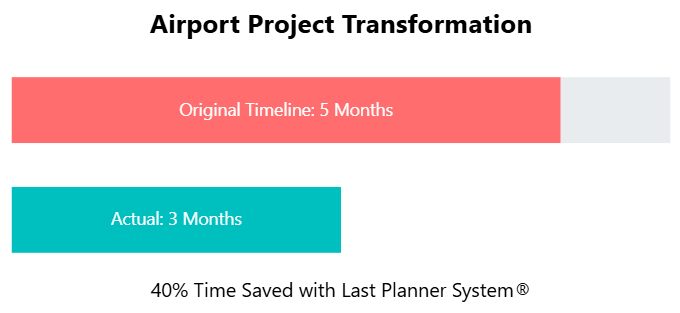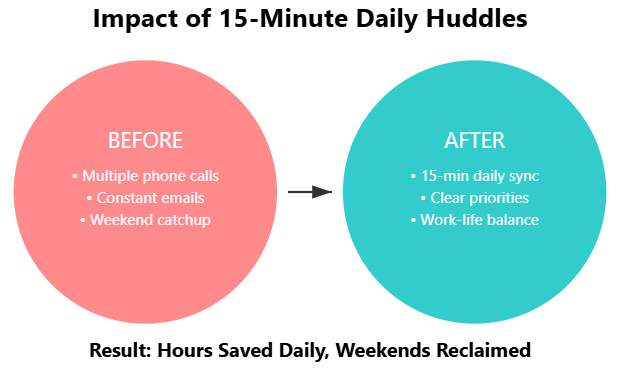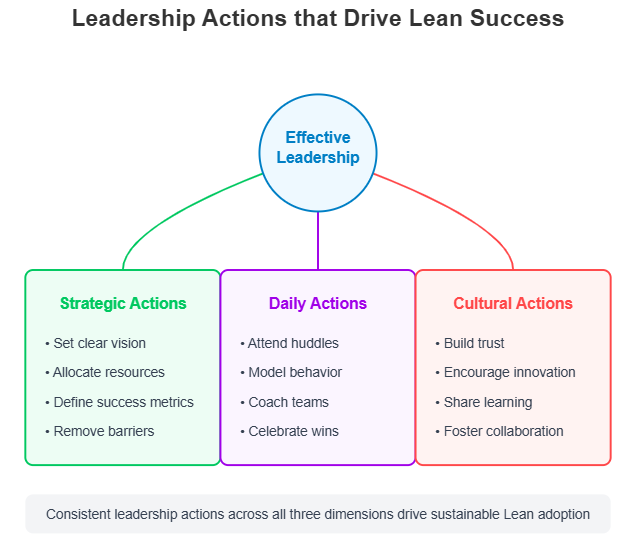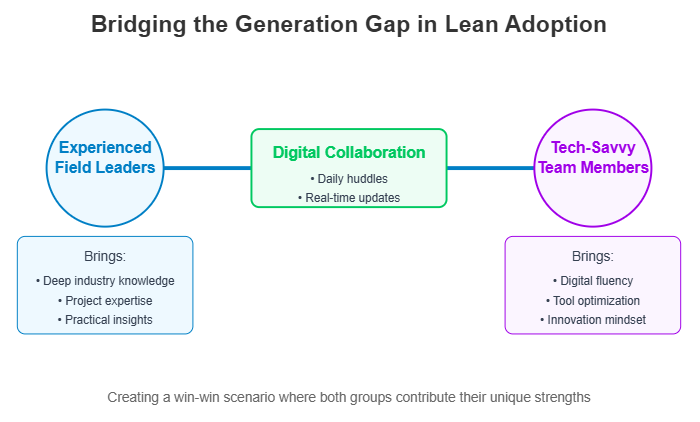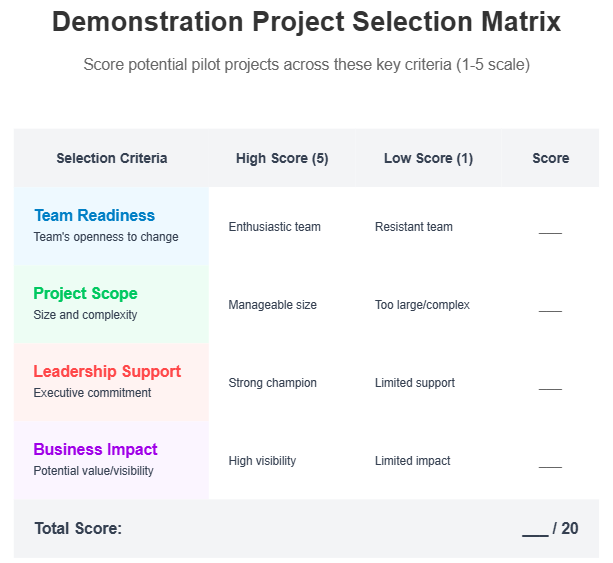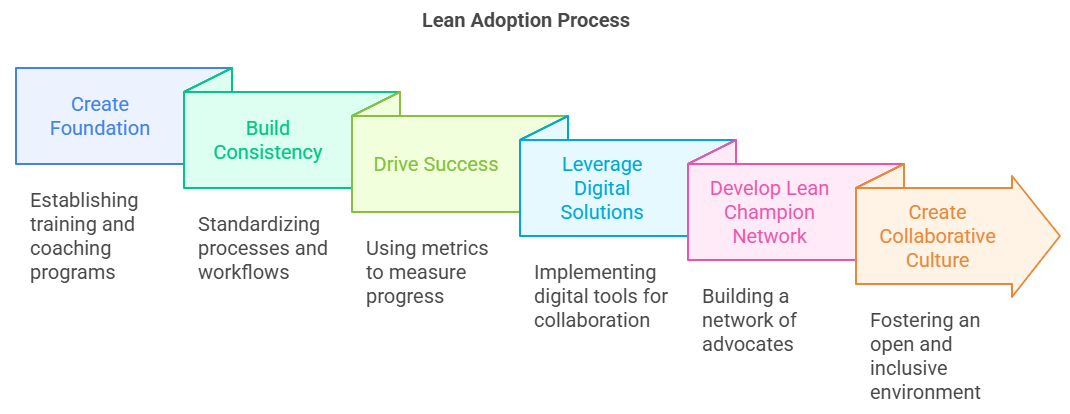TL; DR
For decades, large-scale construction has relied on phased planning and Critical Path Method (CPM) scheduling to drive project timelines. While CPM revolutionized construction planning in the 1960s, it remained a top-down, rigid system that struggled to adapt to the real-world complexities of daily site operations. The advent of Lean construction and the Last Planner System® (LPS) introduced a more flexible, bottom-up approach, yet for years, it remained largely manual. Now, with the rise of digital Lean planning systems, the industry is entering a new era—one where real-time collaboration, enhanced efficiency, and synchronized planning can unlock unprecedented value for commercial real estate developers. This shift is particularly transformative for phased revenue construction (PRC) projects – data centers, office and apartment towers, condo complexes, office campuses, resorts, hospitals and others. In all cases, strategic synchronization between CPM and LPS can result in faster revenue recognition, better lending terms, and lower risk for construction Owners.
In the beginning, there was the Critical Path Method
In legacy construction as it has been practiced for decades, “phased construction” is a common term, closely associated with Critical Path Method (CPM) planning. Back in 1963, CPM was a big new idea worthy of a Harvard Business Review tutorial titled The ABCs of the Critical Path Method which described CPM projects this way:
(1) The project consists of a well-defined collection of jobs (or activities) which, when completed, mark the end of the project.
(2) The jobs may be started and stopped independently of each other, within a given sequence. (This requirement eliminates continuous-flow process activities, such as oil refining, where “jobs” or operations necessarily follow one after another with essentially no slack.)
(3) The jobs are ordered—that is, they must be performed in technological sequence. (For example, the foundation of a house must be constructed before the walls are erected.)
CPM systematized construction, historically a largely artisanal process. But in 1963, with only about 1000 computers in the entire world, CPM planning was done with chalkboards, index cards, blueprints, and ledger books. And, given the very low information density of such media, the ordered project phases were coarsely defined and unable to easily account for critical intra-phase tasks and processes.
For example, the phase definition for installing a concrete foundation might not have detailed the carpentry tasks for constructing the forms or the metal craft for shaping, tying, and welding the rebar preceding the cement truck’s arrival. Those things were separately, manually accounted for and managed by ground personnel.
CPM for the masses
Two decades later, 1983 saw the introduction of the IBM PC and the founding of Primavera Software, a dual revolution that brought CPM planning to the desktop and to many more construction companies. Primavera P3 made CPM cheaper, but it didn’t really make it deeper. It digitized the myriad elements of the CPM plans as they were, leaving those intra-phase tasks that resist advance planning in a blind spot that would last for two more decades.
At its core, a CPM plan is a top-down, command and control, calculation-driven “push plan” that proceeds in a linear, non-iterative fashion to define and schedule the stages in a project’s lifespan, sort of like an actuarial project life table ending at occupancy. Almost by definition, it has no natural place for the ad hoc sequencing and iterative decision-making happening daily in the construction trailer. And so it was that, as desktop CPM spread throughout the construction world, on-site production planning would remain unsystematized for another decade until the advent of Lean construction.
Let there be Lean
About 10 years after the birth of Primavera, researchers Ballard and Howell introduced the Last Planner System. Derived from the Lean manufacturing principles implemented by Toyota after WWII, the Last Planner System (LPS) is a bottom-up, collaborative, iterative production planning regimen, that includes what is called pull planning. It works backwards from task completion dates committed to by the people doing the work on the ground.
The decade that followed saw increasing adoption of Lean construction planning, and 2003 brought the addition of phase planning to the Last Planner System. Unlike the coarse predefined, sequential phases of CPM, LPS phases and the fine-grained tasks within them could be defined, managed, and executed in an efficient, flexible way as the project progresses. But, while it was systematic, it wasn’t very automatic. Sticky notes, spreadsheets, and word processing were used to capture, analyze, and share process and task information, and the dynamic planning process itself was largely procedural and manual, and would remain so for more than another decade.
Lean goes electric
Finally, in the decade until now, Lean construction planning software platforms like Touchplan® and others have taken the Last Planner System the last digital mile, enabling cloud-based, on-site, bottom-up, collaborative digital production planning that can dramatically improve the contractor’s ROI by improving worker productivity and preventing waste and rework.
And when Lean planning software like Touchplan is used in conjunction with CPM software like Primavera P6 and Microsoft Project, it is now possible to synchronize the push and pull plans and improve the timeliness and accuracy of the traditional, broad construction phases of site prep, foundation, shell, fit-out, etc., all to the mutual benefit of the project’s general contractor and Owner alike.
A case in point
A notable new addition to the Salt Lake City skyline, the 40-story Astra apartment tower is now Utah’s tallest building. General contractor, Jacobsen Construction, a premier Utah builder, was initially scheduled to complete the first 10 floors to be available for renters by August 2024. But the project Owner then challenged the Jacobsen team to deliver 20 floors by the same deadline. Using the digital Lean Touchplan platform, they were able to easily adjust their plans to meet the new requirements, doubling the Owner’s revenue in one quarter of the time allowed by the master schedule.
Layne Hess, Corporate Director of Planning and Scheduling at Jacobsen describes that stunning accomplishment this way:
“When the client asked in March if we could deliver 20 floors instead of 10, we went back into Touchplan to figure out what adjustments could be made to meet the request and re-tooled ourselves,” said Hess. “By collaboratively working with the superintendents to re-work our plans on a platform that’s flexible and easy to use, we’re now turning over 20 floors in August instead of 10.”
“I have the people in the field tell me the story of what’s really going on and I’ve got to have the real-time information from Touchplan to do that. When I get notifications from the daily plan that changes have occurred that are out of our control, I interpolate that into fragments in the P6 and get contractual entitlement for the dates moving out.”
“Touchplan gave us the ability to break the details of the schedule into phases and see how these details inter-relate, an especially powerful capability. For example, in order to turn over 20 floors, we have to have some things done all the way to level 41 that inter-relate for Startup, Balancing and Commissioning, and life safety. We were able to identify this through several collaborative meetings with all stakeholders involved. And there were challenges: manpower, programming of systems, material deliveries, design, City requirements and so forth.
“More had to be done in the first phase than the last phase. Now because we did more in the first phase the second phase had fewer requirements for completion.”
Owners with benefits
Among the many benefits Touchplan offers to all Owners, perhaps the most powerful is how it can dramatically improve their return on investment in projects like the Astra Tower, through what we call phased revenue construction (PRC). In these projects where it is possible and intended for the Owner to realize revenue as the project progresses, rather than after it ends. This is a multi-billion-dollar segment that includes these types of construction:
- Data centers
- Multi-tenant office towers and campuses
- Condo and apartment complexes and towers
- Single-family housing developments
- Mixed use and retail
- Resorts and hotels
- Hospitals and healthcare facilities
A PRC project comprises the sequential construction of a series of independently functional units; they are effectively projects within a project. Each phase includes many of the elements of more monolithic construction projects, i.e., site prep, foundation, structure, shell, HVAC, etc., but at a smaller, more manageable scale. If each segment is completed and occupied without disrupting or being affected by the ongoing construction, the project owner gains three key benefits:
- Accelerated revenue
- Better lending terms
- Lower project risks
However, PRC projects present requirements that traditional CPM scheduling and planning struggles to meet that Touchplan is designed to address.
- Detailed, real-time task visibility
- Seamless coordination of specialty trades
- Accountability of promised work
- Comprehensive phase-level reporting and analytics
Also, Touchplan implements the earlier-described push-pull synchronization between the CPM-driven contract schedule and the LPS-driven pull plan enables the Owner to use phase completion data to make faster, better decisions for overall project strategy, negotiations, financing, and marketing.
In Closing
The evolution of construction planning—from the establishment of CPM’s structured, but rigid push planning to the addition of real-time digital Lean pull planning—gives PRC Owners a powerful new tool set for maximizing project efficiency and financial returns. By combining Touchplan’s pull planning with P6’s traditional CPM push planning, project teams can finally bridge the gap between the contract schedule and the on-the-ground execution plan.
Nowhere is this more impactful than in phased revenue construction, where strategic synchronization of planning methodologies enables Owners to generate revenue earlier, secure better financing, and reduce project risks. In today’s competitive construction landscape, the ability to align long-term scheduling with dynamic, real-time execution isn’t just an advantage—it’s a necessity for staying ahead.
Indeed, nowhere is this more evident than in the high-stakes PRC domain of data center construction, where billion-dollar projects are now completed in less than two years and even small delays in phase completion can cost millions of dollars in lost rental revenue. This is why Touchplan is used on projects for six of the top ten data center Owners in the world and has played a pivotal role on more than 275 data centers in just the last few years.
And Owners for all kinds of phased revenue construction projects can gain significant financial and competitive advantages by assuring the adoption of the Touchplan digital Lean production planning platform in all their future projects.









